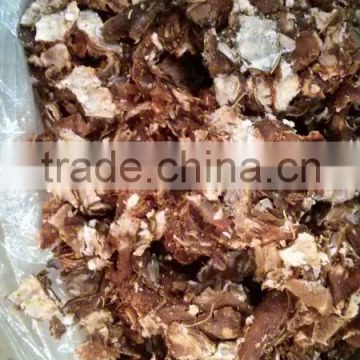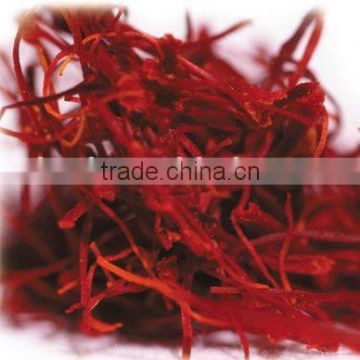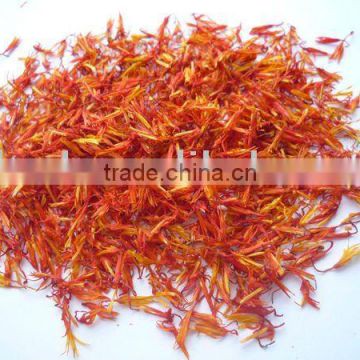Tamarind
Product description
Product Description
Sweet and tangy tamarind is one of the widely used condiment spices found in every South Asian kitchen!
The tree is very large with long heavy drooping branches and dense foliage. Full grown-up tree might reach up to 80 feet in height. During each season, the tree bears irregularly curved pods in abundance all along its branches. Each pod has thick outer shell encasing deep brown color sticky pulp enveloping 2-10 hard dark-brown color seeds.
Botanically, the tree is among the large tropical trees belonging to the family of Fabaceae, of the genus: Tamarindus. Scientific name: Tamarindus indica.
Tamarind fruit contains certain health benefiting essential volatile chemical compounds, minerals, vitamins and dietary fiber.
Its sticky pulp is rich source of non-starch polysaccharides (NSP) or dietary-fiber such as gums, hemicelluloses, mucilage, pectin and tannins. 100 g of fruit pulp provides 5.1 or over 13% of dietary fiber. NSP or dietary fiber in the food increases its bulk and augments bowel movements thereby help prevent constipation. The fiber also binds to toxins in the food thereby help protect the colon mucus membrane from cancer-causing chemicals.
In addition, dietary fibers in the pulp bind to bile salts (produced from cholesterol) and decrease their re-absorption in the colon; thereby help excretion of “bad” or LDL cholesterol levels from the body.
While lemon composes of citric acid, tamarind is rich in tartaric acid. Tartaric acid gives a sour taste to food but is also a very powerful antioxidant. (Anti-oxidant E-number is E334). It helps the body protect from harmful free radicals.
Tamarind fruit contains many volatile phytochemicals such as limonene, geraniol, safrole, cinnamic acid, methyl salicylate, pyrazine and alkyl thiazoles. Together these compounds account for the medicinal properties of tamarind.
This prized spice is a good source of minerals like copper, potassium, calcium, iron, selenium, zinc and magnesium. Potassium is an important component of cell and body fluids that helps control heart rate and blood pressure. Iron is essential for red blood cell production and as a co-factor for cytochrome oxidases enzymes.
In addition, it is also rich in many vital vitamins, including thiamin (36% of daily required levels), vitamin A, folic acid, riboflavin, niacin, and vitamin-C. Much of these vitamins plays antioxidant, and cofactor functions for enzyme metabolism inside the body.
Medicinal uses of Tamarind
Its pulp has been used in many traditional medicines as a laxative, digestive, and as a remedy for biliousness and bile disorders.
This spice condiment is also used as emulsifying agent in syrups, decoctions, etc., in different pharmaceutical products.
Recommended products









